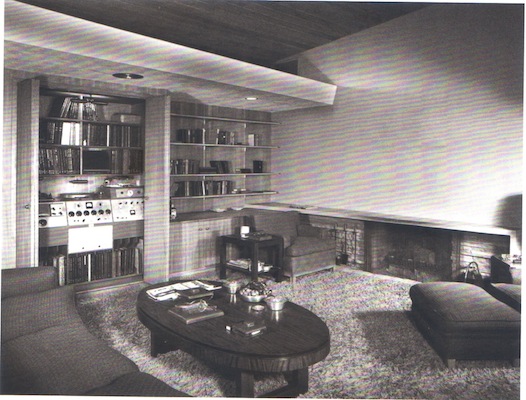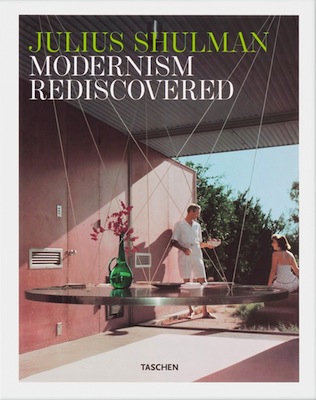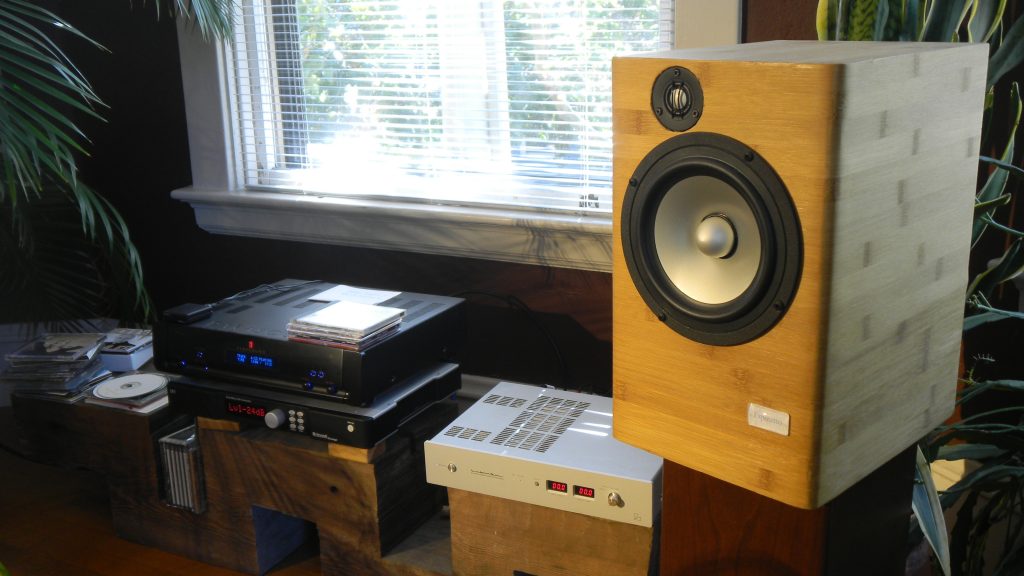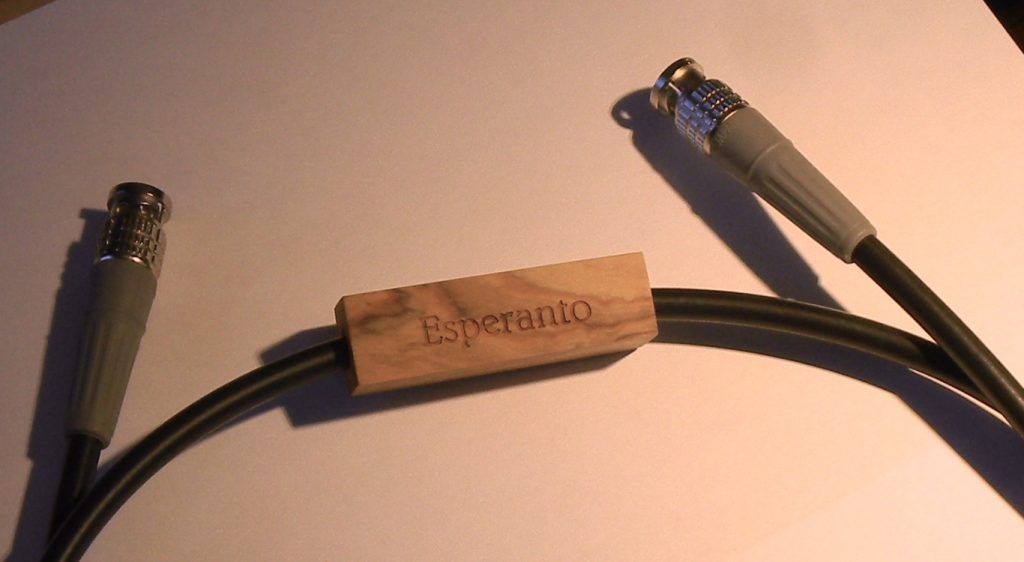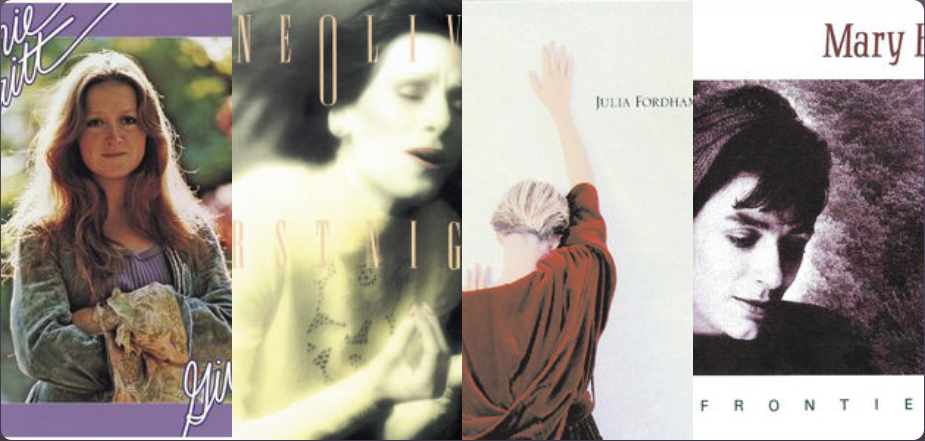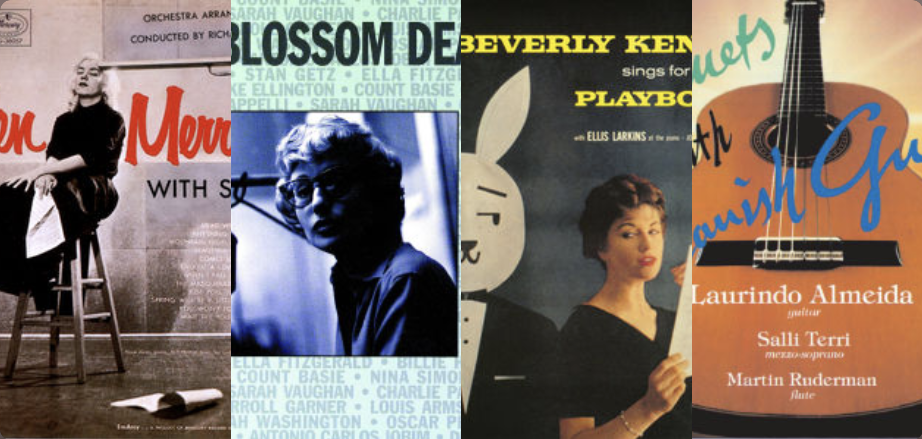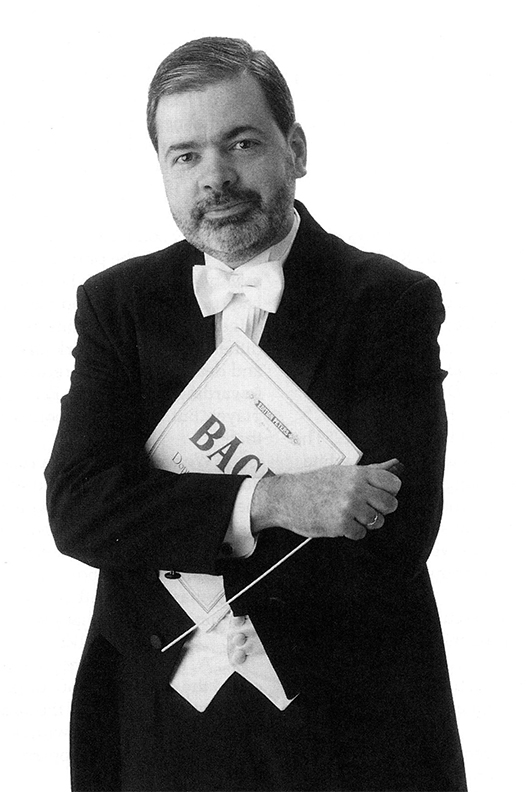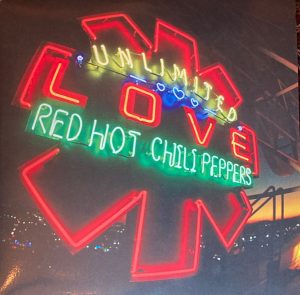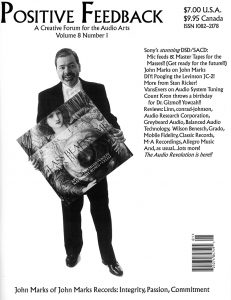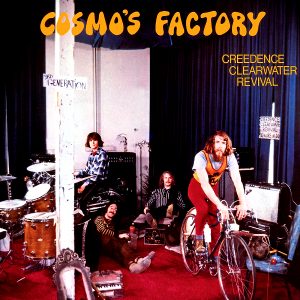Well, lawdy Miss Clawdy! John Marks' latest republication from The Tannhauser Gate is compact, but delicious. A shout from the past, really, right after World War II, but before Bing Crosby's Ampex Corporation with its pilfered Nazi technology that we today call "tape recorders" hit the scene. 78s everywhere, of course; no LPs to be seen.
A quick jaunt into audio history and architecture, then, courtesy of Maestro Marks...
Dr. David W. Robinson, Ye Olde Editor
Photographed in 1949 by Julius Shulman.
Julius Shulman: Modernism Rediscovered (3 vols.). Directed and Produced by Benedikt Taschen. Taschen, Cologne, 2016. Vol. 1: 336 pp.; 15.5 x 10.5 x 1.5 inches; 19 pounds total weight for set.
Frank Sinatra signed with Colombia Records in 1943. However, wartime rationing meant that only the so-called "V-Discs" ("Victory Discs") that were recorded as morale boosters for service personnel overseas could be manufactured. Regular commercial recording resumed only after the end of the war. The Voice of Frank Sinatra, Sinatra's first "album" of four 78rpm records, was released in March 1946, having been recorded in two sessions on July 30 (Hollywood) and December 7 (New York) 1945. The Voice of Frank Sinatra went to the top of the Billboard chart, and stayed at No. 1 for seven weeks.
Ironically enough, though, it was Sinatra's contract with movie studio MGM that provided him his first million dollars, enabling him in 1947 to hire architect E. Stewart Williams. At first, Sinatra had wanted a Georgian mansion, complete with brick façade and white columns. But Williams was able to convince Sinatra that the Palm Springs location called for a different style. As you can see above, when originally built, the Sinatra House housed a state-of-the-art 78rpm hi-fi system.
According to the Sinatra House website, the sound system was installed by Valentino Electronics of Hollywood. Most references to it refer to it as a sound "and recording" system. It seems likely that the large turntable in the center was for cutting 16-inch acetate transcription discs, and that the smaller turntable to the left was for playback. The left bay of the equipment console houses a radio receiver; it is likely that either the middle or the right bay was taken up with an elementary mixer.
There was no tape recorder, because the system was installed in late 1947, before the commercialization of tape recording equipment in the US, which started in 1948. The physical media on the storage shelves consists of 78rpm albums. Later photos show that these were replaced with vinyl LPs. I surmise that monitoring could have been via ceiling loudspeakers, because I have not seen a photo that includes loudspeaker cabinets.
This photo comes from a massive three-volume collection of architectural photography by Julius Shulman. Shulman's evocative photographs of Mid-Century-Modern houses and commercial buildings were published in many general-circulation magazines, giving worldwide exposure to revolutionary approaches to housing, which in turn influenced both social arrangements and personal aspirations. Frank Sinatra's piano-shaped swimming pool inspired how many imitations?
Photo credit: sinatrahouse.com.
Where I come out on this three-volume set is, it is well worth borrowing from your local public library. However, seeing as these three coffee-table books, when laid end-to-end (thank you, Dorothy Parker), could function as a coffee table, buying the set probably makes sense only for professionals in the field, or true hardcore MCM fans. So, just like Ol' Francis Albert's swimming pool, it's well worth dipping into (the House rents for $2600 a night, with a 3-night minimum and $350 service fee); but, ownership is another story.




